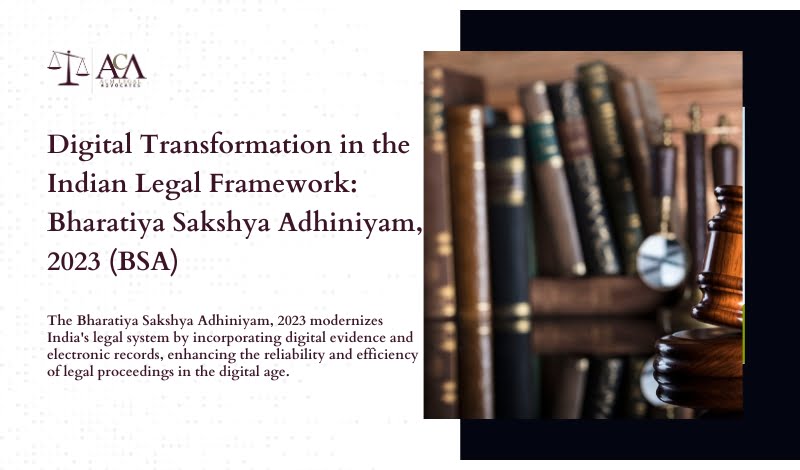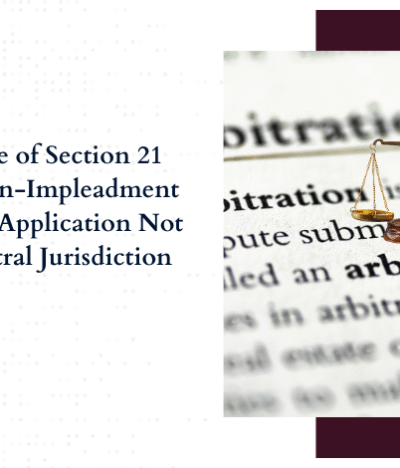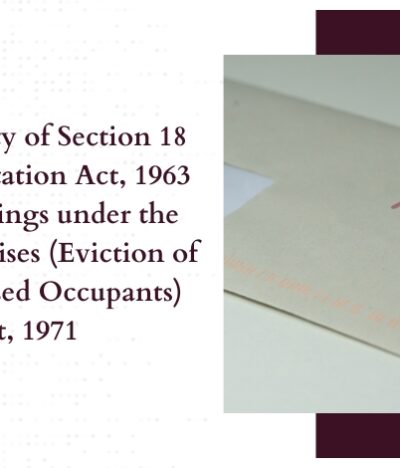The Bharatiya Sakshya Adhiniyam, 2023 is a landmark legislation aimed at modernizing India’s legal framework to better accommodate technological advancements. Recognizing the growing significance of digital evidence, this act provides comprehensive guidelines on the admissibility and handling of electronic records. It marks a critical step forward in the legal digital transformation India is undergoing, ensuring that the legal system remains relevant and effective in the digital era.
One of the key objectives of the BSA 2023 is to create a robust electronic records legal framework that addresses the complexities of digital evidence in India. This includes the introduction of new definitions, standards, and procedures to authenticate and verify electronic records, making them reliable sources of evidence in court proceedings.
Evolution of the Indian Evidence Act
The Indian Evidence Act of 1872 was a groundbreaking legislation that laid the foundation for the rules of evidence in Indian courts. Drafted in an era devoid of digital technology, it primarily focused on physical evidence and oral testimony. While it served its purpose well for over a century, the rapid advancements in technology highlighted its limitations, particularly concerning digital evidence in India.
With the advent of the digital age, the nature of evidence has drastically changed. Electronic records, emails, digital signatures and other forms of digital data have become pivotal in both civil and criminal proceedings. The existing provisions under the Indian Evidence Act of 1872 were insufficient to address these new forms of evidence, necessitating a comprehensive reform. The Bharatiya Sakshya Adhiniyam, 2023 emerges as a response to these evolving needs, providing a modernized electronic records legal framework that aligns with current technological realities.
Key Provisions of Bharatiya Sakshya Adhiniyam, 2023
I. Inclusion of Electronic and Digital Records as Primary Evidence
One of the most significant provisions of the Bharatiya Sakshya Adhiniyam, 2023 is the formal recognition of electronic and digital records as primary evidence. This is a pivotal shift in the electronic records legal framework, allowing digital documents, emails, server logs and other forms of electronic data to be admissible in court without needing physical copies. This inclusion acknowledges the reality of the digital age and provides a robust mechanism for incorporating digital evidence into legal proceedings.
II. New Definitions and Terminology Updates
To accommodate the complexities of digital evidence, the BSA 2023 introduces new definitions and updates existing terminology. This includes clear definitions for terms like “electronic record,” “digital signature” and “electronic evidence.” These updates are essential for creating a comprehensive legal framework that can effectively handle digital evidence in India.
III. Admissibility of Electronic Records
The Bharatiya Sakshya Adhiniyam, 2023 outlines specific conditions under which electronic records are considered admissible. These include ensuring the integrity and authenticity of the digital evidence, which must be verifiable through reliable methods such as digital signatures and hash values. The act also requires that electronic records be maintained in a manner that prevents tampering, thus ensuring their reliability in court proceedings.
Digital Evidence and Its Admissibility
Under the Bharatiya Sakshya Adhiniyam, 2023, digital evidence is treated with the same level of importance and scrutiny as traditional forms of evidence. This act provides a comprehensive framework for the submission, evaluation, and authentication of digital evidence in India. The key aspect of this framework is ensuring that digital evidence is reliable and tamper-proof, which is crucial for its admissibility in court.
Authentication and Integrity Requirements for Digital Evidence
To ensure the integrity and authenticity of digital evidence, the BSA 2023 mandates several stringent requirements. Digital evidence must be accompanied by a certificate under Section 65B of the Indian Evidence Act, which attests to the authenticity of the electronic record. This certificate must include details about the source and the method by which the electronic record was produced, ensuring its credibility.
Role of Electronic Signatures and Digital Records in Court Proceedings
Electronic signatures play a crucial role in the admissibility of digital evidence under the BSA 2023. These signatures must be verified using a public key infrastructure (PKI), which ensures their authenticity and integrity. Digital records that are accompanied by verified electronic signatures are considered reliable and are admissible as primary evidence in court proceedings.
Impact on Legal Proceedings
- Recognition of Digital Evidence: Electronic records are now recognized as primary evidence, simplifying their admissibility in court.
- Efficiency and Accessibility: Digital evidence submission and evaluation reduce the reliance on physical documents, speeding up legal processes and making evidence more accessible remotely.
- Enhanced Security and Integrity: Strict criteria for the authentication and integrity of digital evidence ensure that only credible and tamper-proof electronic records are admissible.
- Updated Legal Framework: The act provides a modernized framework for handling digital evidence, aligning with technological advancements and supporting the legal digital transformation in India.
- Streamlined Processes: Clear guidelines for the submission and verification of electronic records facilitate smoother and more efficient legal proceedings.
- Safeguards Against Misuse: Measures to prevent the manipulation and misuse of digital evidence protect the rights of individuals and ensure fair trials
Comparative Analysis: BSA 2023 vs. Indian Evidence Act, 1872
Retained Provisions from the Indian Evidence Act
The Bharatiya Sakshya Adhiniyam, 2023 retains several foundational elements from the Indian Evidence Act of 1872 to ensure continuity in legal proceedings. This includes the general principles governing the relevancy of facts, the burden of proof and the distinction between oral and documentary evidence. By maintaining these core principles, the new act provides a familiar framework for legal practitioners while integrating new provisions for modern evidence types.
Major Updates and Their Implications
A. Inclusion of Electronic Records:
The BSA 2023 explicitly includes electronic and digital records within the definition of documents, treating them as primary evidence. This update aligns the legal framework with the realities of the digital age, facilitating the use of emails, digital signatures and other electronic data in court.
B. New Definitions and Terminology:
The act updates several outdated terms and introduces new definitions to reflect contemporary legal and technological standards. This includes terms like “electronic record” and “digital signature,” providing clarity and relevance in legal proceedings.
C. Admissibility of Electronic Evidence:
The Bharatiya Sakshya Adhiniyam, 2023 sets specific provisions for the admissibility of electronic records, requiring stringent criteria for their authentication and integrity. This ensures that digital evidence is reliable and tamper-proof, enhancing the credibility of electronic records in court.
D. Simplification and Expansion of Digital Evidence Categories
The BSA 2023 simplifies the process of admitting digital evidence by classifying electronic records as primary evidence and expanding the scope of admissible digital data. This includes a broader definition of documents to encompass various forms of digital communication, ensuring that modern evidence types are adequately represented in legal proceedings.
Conclusion
The Bharatiya Sakshya Adhiniyam, 2023 marks a significant milestone in the evolution of India’s legal system, effectively addressing the challenges posed by the increasing prevalence of digital technology. By integrating digital evidence in India as primary evidence and updating the legal terminology to include electronic records, the act provides a comprehensive electronic records legal framework.
The BSA 2023 ensures that digital evidence is not only admissible but also reliable and tamper-proof, thus enhancing the credibility of judicial proceedings. This legislation is a critical step in the legal digital transformation India is undergoing, aligning the country’s legal processes with global technological advancements and ensuring a more efficient and secure handling of digital evidence.
Navigate the Digital Evidence Landscape with ACM Legal Expertise
Trust ACM Legal’s expertise to guide you through the intricacies of the Bharatiya Sakshya Adhiniyam, 2023. Our team of seasoned legal professionals is dedicated to providing you with the expertise and support you need to leverage the latest advancements in digital evidence. Contact us today to ensure your case benefits from the most up-to-date legal strategies and a robust electronic records framework.
FAQs
1. What is the Bharatiya Sakshya Adhiniyam, 2023?
The Bharatiya Sakshya Adhiniyam, 2023 is a recent law in India that governs the admissibility and use of evidence in court proceedings. It replaces the Indian Evidence Act of 1872, aiming to modernize the legal framework for handling evidence in the digital age. The act incorporates provisions for digital evidence in India, recognizing electronic records as primary evidence.
2. What are the key changes introduced by the BSA 2023?
Key changes include the recognition of electronic records as primary evidence, updated definitions and terminology and specific provisions for the admissibility and authentication of digital evidence. These updates aim to align the legal framework with contemporary technological advancements, facilitating a smoother legal digital transformation in India.
3. How does the BSA 2023 differ from the Indian Evidence Act?
The BSA 2023 expands the scope of admissible evidence to include electronic and digital records, provides clearer guidelines for the admissibility of such evidence and updates several outdated terms and definitions. These changes make the act more adaptable to modern legal needs compared to the Indian Evidence Act of 1872.
4. Does the BSA 2023 impact both civil and criminal cases?
Yes, the Bharatiya Sakshya Adhiniyam, 2023 applies to both civil and criminal cases in India. It establishes the legal framework for how evidence, particularly digital evidence, is presented and considered in court, regardless of the case type.
5. What are the benefits of the BSA 2023?
The Bharatiya Sakshya Adhiniyam, 2023 aims to improve the efficiency and accuracy of legal proceedings by providing clearer rules for evidence admissibility. It facilitates the use of relevant electronic evidence, making the legal process more efficient and reliable in the digital age.






